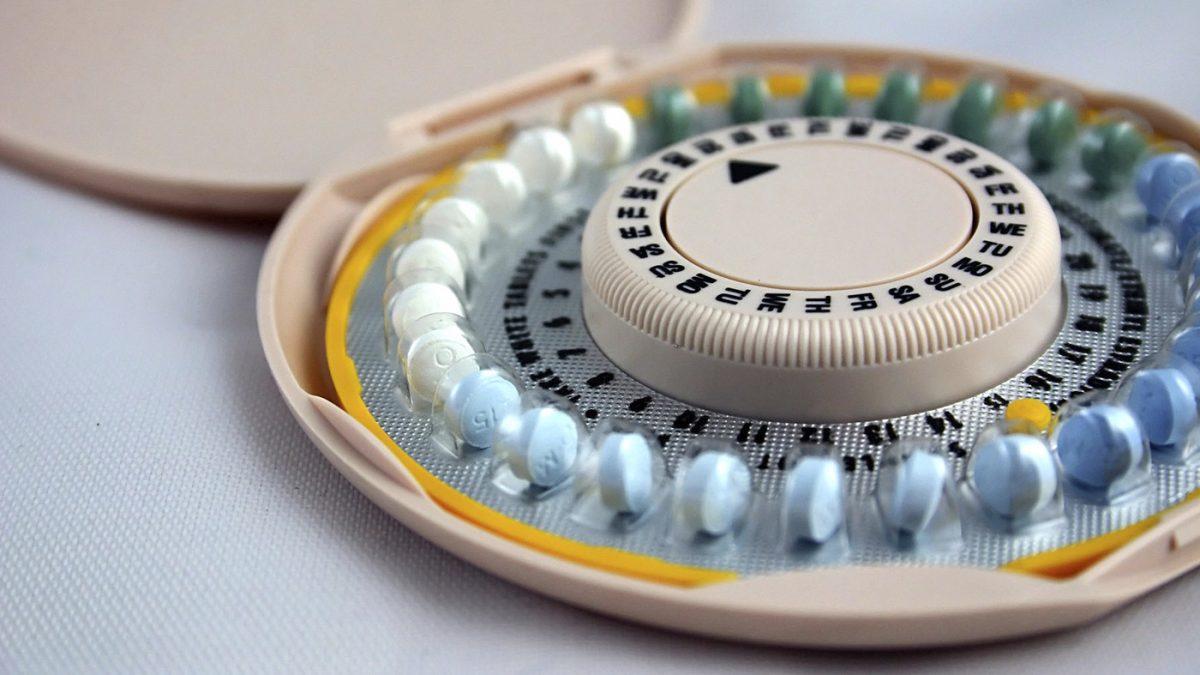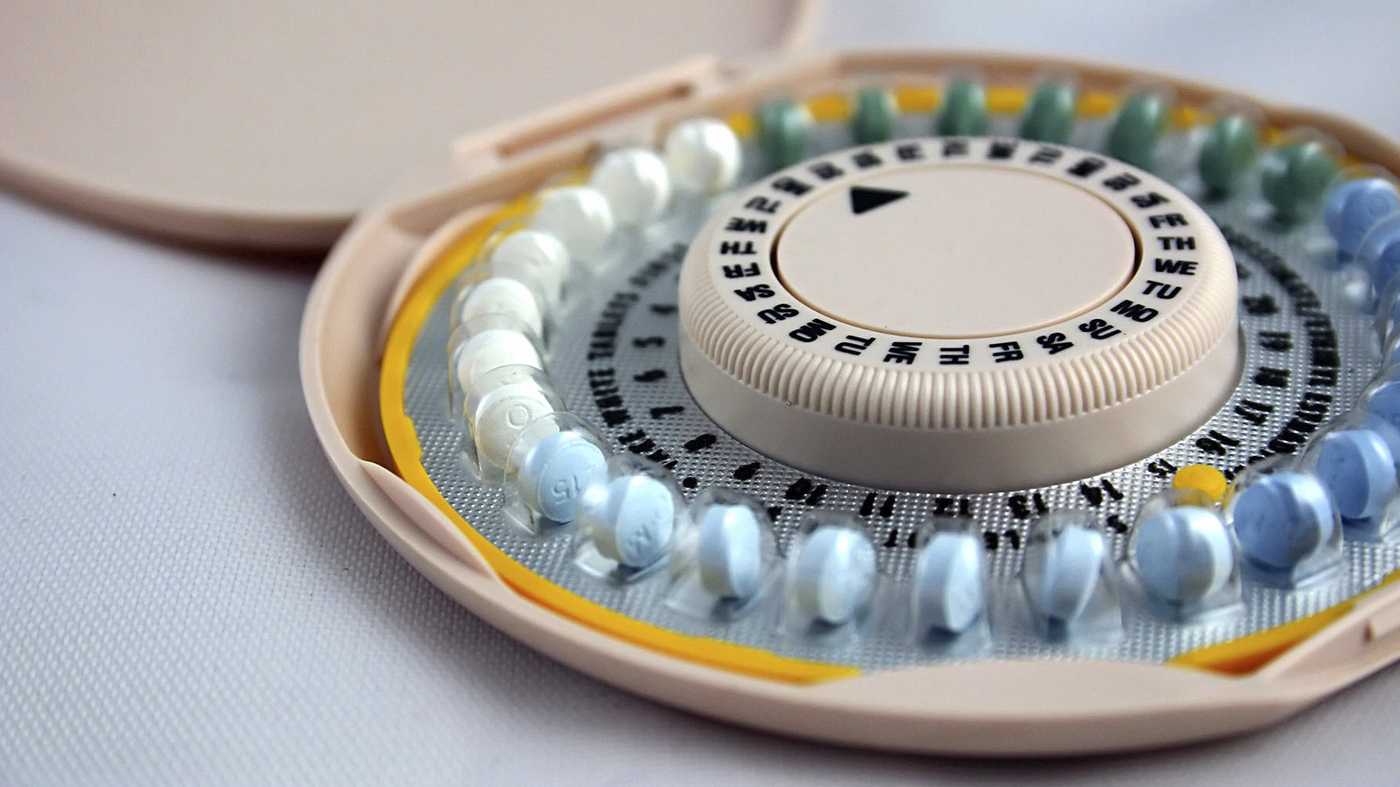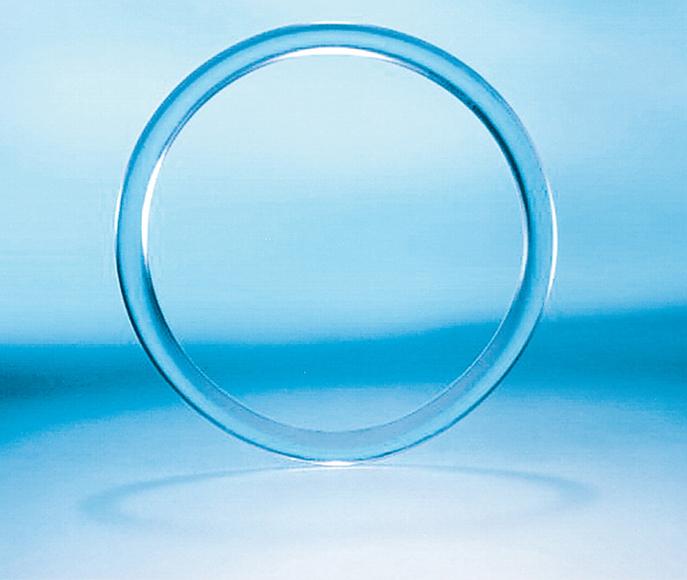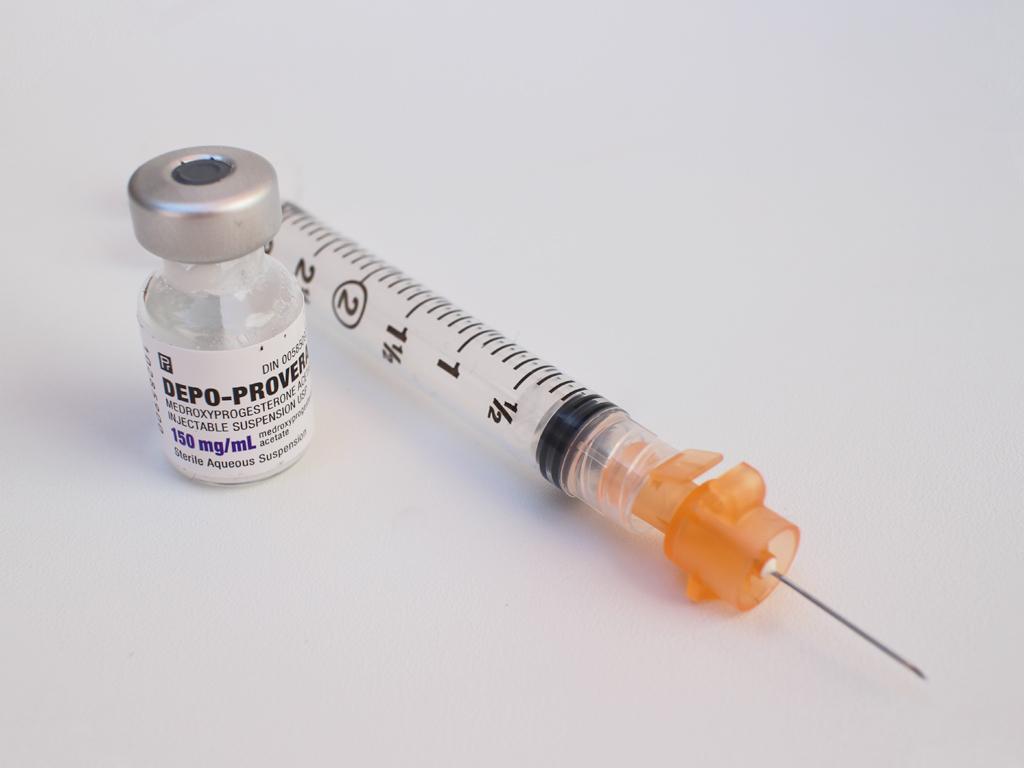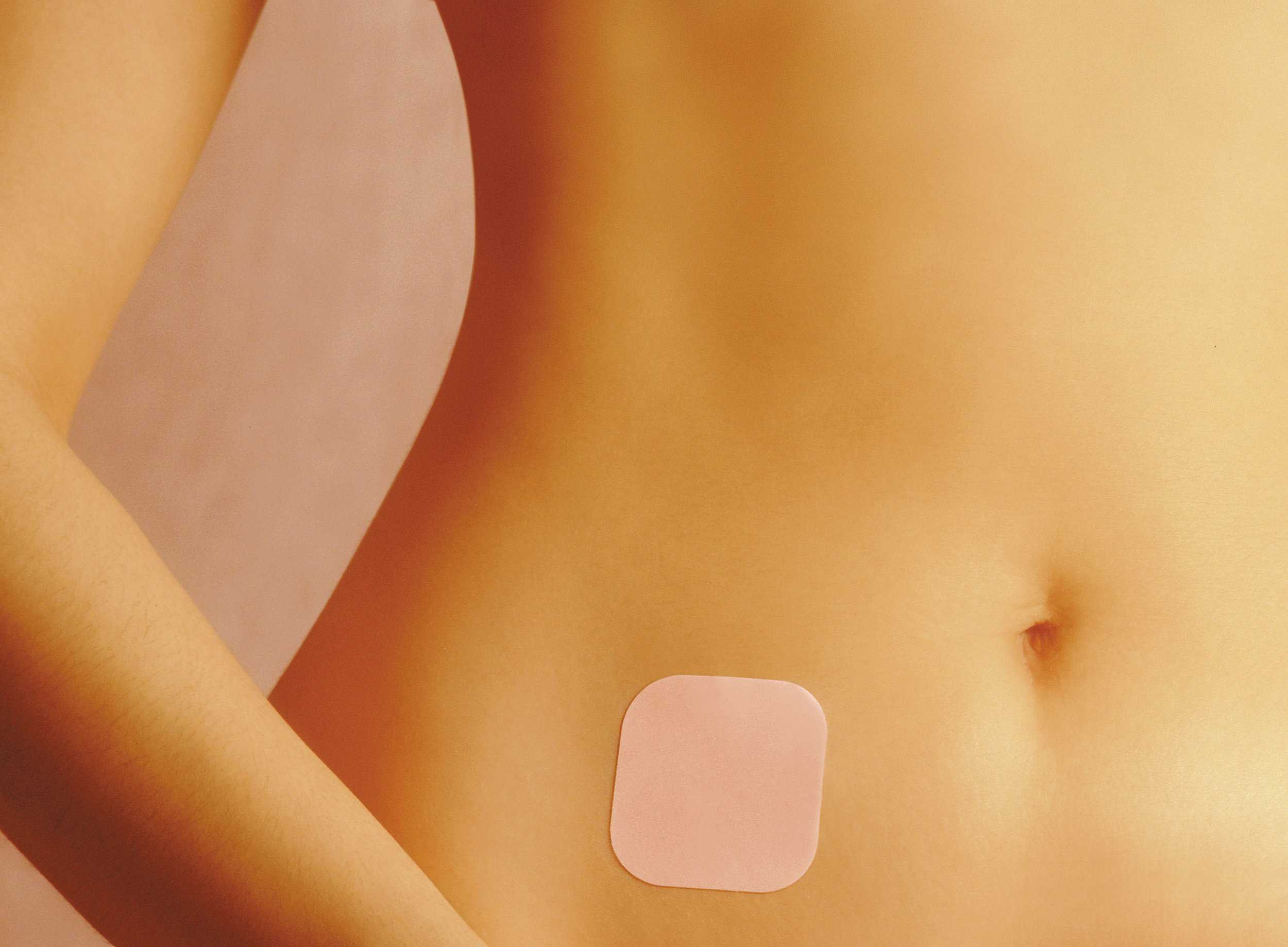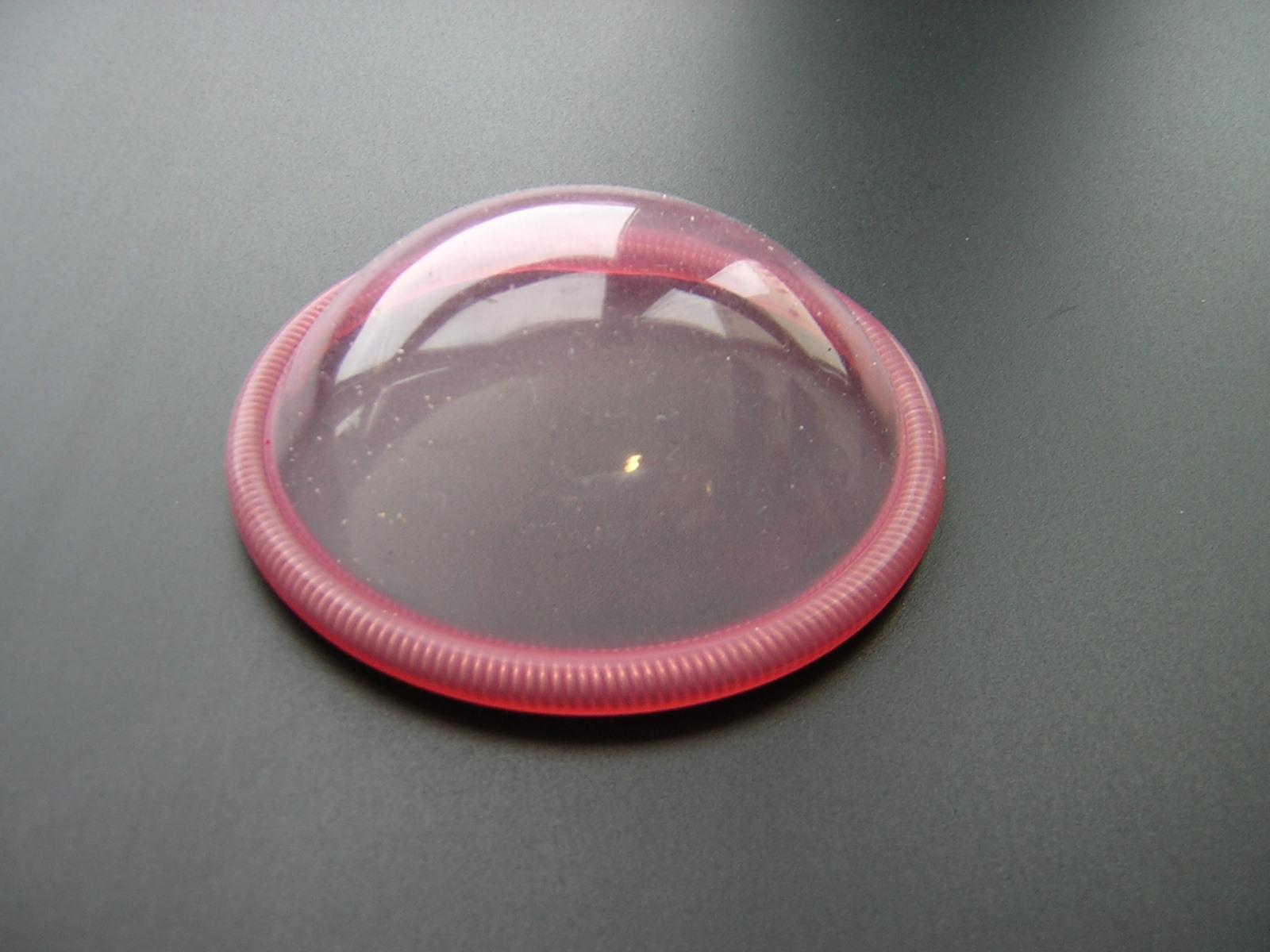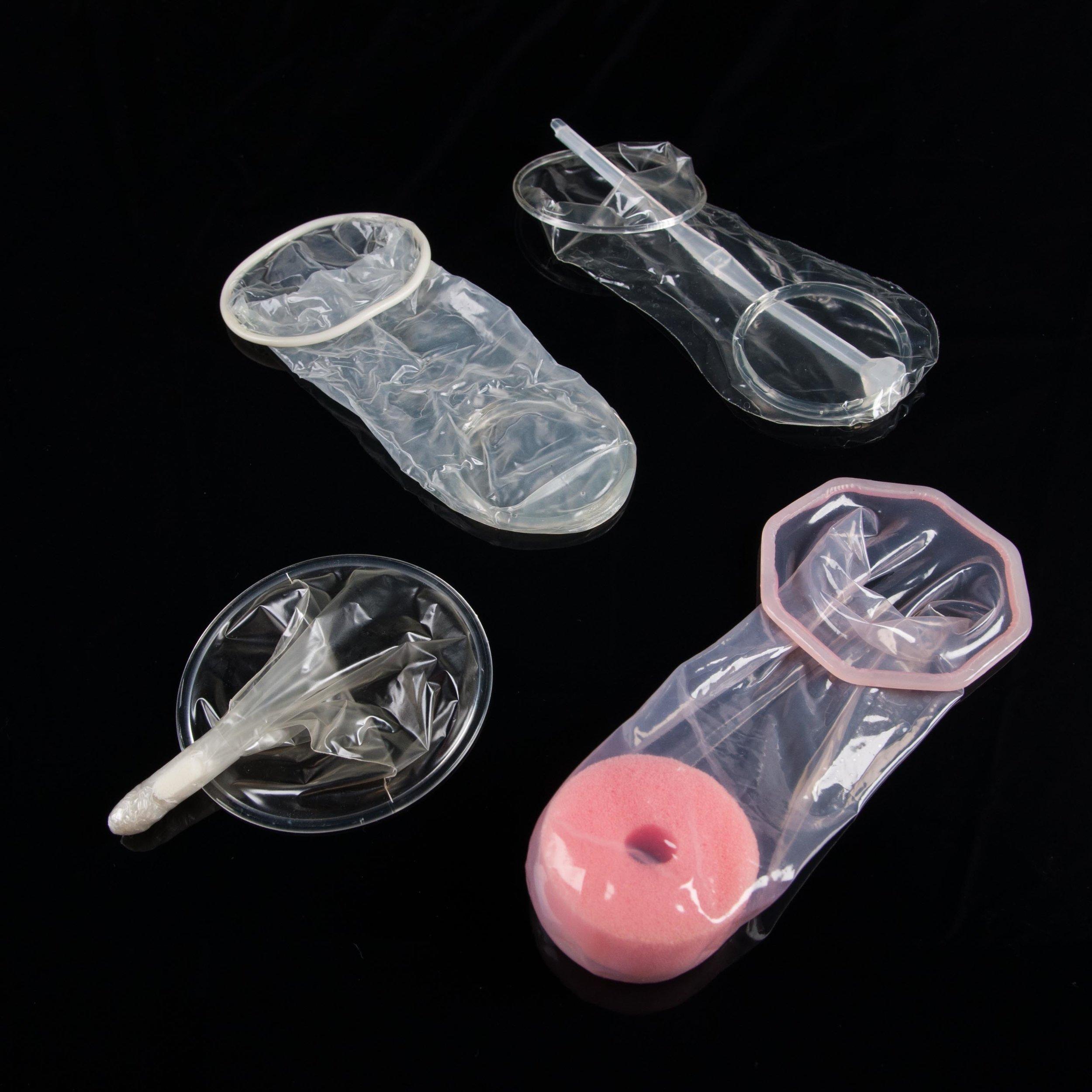You’ve probably heard that president-elect Donald Trump has flip-flopped on the Affordable Care Act. He promised to repeal the ACA throughout his campaign, but in the months before taking office, Trump has said he may keep certain mandates of the ACA, such as requiring insurance companies to cover people with pre-existing conditions.
Story by Natalie Heineman
However, you may not have heard much about Tom Price, Trump’s newly-appointed secretary of health and human services. Price, a congressman from Georgia, will be tasked with repealing and replacing the ACA. Price is not shy about his distaste for the ACA and he is proud of his work to defund Planned Parenthood.
Right now, every insurance plan is required to fully cover birth control. A vast majority of Americans are in favor of government-subsidized birth control. However, when the ACA is repealed, the mandate for insurance companies to provide free birth control may be removed. Price is not an advocate for birth control, especially the government-subsidized birth control that the ACA provides. He once challenged a journalist to “bring me one woman” who struggled to afford contraception.
Several doctors are reporting a rush for contraception that began the day after the election. Many people are looking for methods that outlast a Trump administration, namely IUDs, which last for 5 to10 years. There is a small panic that birth control may soon become unaffordable.
Do not run out and get birth control if you are not comfortable with it. Consider your options and select the best method for your body and lifestyle. Condoms and dental dams will still very much be options regardless of the status of the ACA. None of these birth control methods protect against sexual transmitted infections, so you will still need to use condoms and dental dams no matter which option you may select.
However, these methods may give you more peace of mind than using only a latex barrier, as most of their effectiveness rates are around 99 percent. If you are too worried about pregnancy, sex will not be enjoyable. Remember: birth control will always be available, you simply might have to pay more for it if Trump’s administration repeals that section of the Affordable Care Act.
Read about the most common forms of birth control here and consider which one is best for you before you commit to one:
The Pill
Photo courtesy of Wayne Women’s Clinic
- Most common form of birth control
- Each pill releases small amount of estrogen and progestin into the body to prevent egg release and build up cervical mucus so that sperm cannot enter the uterus as easily.
- One pill is taken each day at the same time.
- Depending on the type, most pills contain both progestin and estrogen, which is a stronger hormone than progestin and may increase your chance for adverse side effects. Some pill brands are higher or lower dosage.
- Possible side effects: weight gain, increased chance for depression, decreased libidio, mood changes.
- Cost: $0-$50 a month.
- Effectiveness: 99.9 percent if taken perfectly.
- Pros: incredibly effective and can be stopped immediately.
- Cons: side effects and daily responsibility
The IUD
Photo courtesy of Shutterstock
- Small T-shaped device planted inside the uterus.
- Three main brands of IUD: Paragard lasts ten years and is wrapped in copper, which acts as a deterrent for sperm. Mirena and Skyla last 5 and 3 years respectively and contain hormones, similar to the pill.
- Paragard has no hormones. Mirena and Skyla release only progestin, no estrogen.
- Once the procedure is done, you do not have to worry about birth control again for 3-10 years.
- Possible side effects: puncture in uterine lining, mood changes with hormonal IUDs, or the body rejects and expels the IUD. These side effects are rare however, as only 1 in 1000 IUDs puncture the uterine lining and anywhere from 2 to 10 IUDs out of 100 are rejected.
- Cost: $0 with insurance. Upwards of $800 without insurance.
- Effectiveness: over 99 percent.
- Pros: Hassle-free. Does not require daily maintenance. Paragard is hormone-free. Longest lasting birth control method. Ability to get pregnant returns immediately after removal.
- Cons: The upfront cost without insurance. Initial procedure can be painful, although it is over in about ten minutes.
The Ring
Photo courtesy of shine.nhs.uk
- Small, flexible ring that is inserted into the vagina once a month by the user.
- The ring stays in for three weeks, then one week out, and repeat. Some people get their period during the one week out, however, many people report lighter bleeding than before using the ring.
- Releases hormones, much like the pill, to stop the ovaries from releasing eggs.
- Both estrogen and progestin.
- Certain medicines diminish its effectiveness, including some antibiotics and anti-seizure medicine.
- The ring may be dislodged, but as long as you place it back inside within 48 hours, it remained fully effective.
- Possible side effects: same as the pill, plus increased chance for vaginal discharge and yeast infections
- Cost: $0-$80 a month, although sometimes more without insurance.
- Effectiveness: 98-99 percent.
- Pros: You may like a birth control that you are responsible for, instead of a doctor’s insertion.
- Cons: Many people experience extreme mood-swings during the first month of use. Strict monthly schedule. Some people do not like reaching inside the vagina to place the ring.
The Implant
Photo courtesy of Family Planning Advocates of New York
- A small plastic rod about the size of a match that is inserted under the skin of the upper arm.
- Skin is numbed, a small insertion is made on the thickest part of the upper arm, and the implant is slipped inside.
- Lasts 4 years without maintenance.
- Releases only progestin.
- Possible side effects: same as other hormonal birth control methods, plus possible scarring at insertion site. If implanted incorrectly, it may have to be taken out with a minor surgery at the time of removal.
- Cost: $0-$800 one time upfront. Removal costs $0-$300.
- Effectiveness: 99 percent.
- Pros: Hassle-free. No responsibility for 4 years. Not inserted into the uterus, which may be uncomfortable or impossible for some people. Ability to get pregnant returns immediately after removal. One in three people will stop having a period within a year of using the implant.
- Cons: Can be felt through skin. Not as long-lasting as the IUD. Could leave a scar on the arm. Period may be irregular or cause spotting.
The Shot
Photo courtesy of Teen Health Source
- A shot of hormones (Depo-Provera) in the arm or butt every 12 weeks to prevent pregnancy.
- Every three months, a person must go to the doctor to receive the shot.
- No estrogen, only progestin hormones.
- Possible side effects: same as the pill, plus a risk of bone thinning. Half of people taking the shot for more than two years lost at least 5 percent bone mineral density.
- Cost: $0-$100 a month.
- Effectiveness: 99 percent.
- Pros: Private procedure. No packaging for other people to see. Does not contain estrogen, unlike in the pill. No daily or even monthly responsibility. Pain-free procedure.
- Cons: For people looking to get pregnant soon, but not now: when the shots stop, you can not get pregnant immediately. The shot stays in your system for 6 to10 months and pregnancy may be difficult or impossible during that time. Risk of bone thinning and fragility. Tri-monthly doctor visits.
The Patch
Photo courtesy of Bustle
- Thin, beige plastic patch that sticks to the skin, similar to a band-aid.
- Worn for three weeks, followed by a patch-free week, and then repeat. During the off-week, you may get a period, although it could be lighter or heavier than before using the patch.
- Releases both estrogen and progestin, like the pill.
- Worn on the butt, back, lower stomach, or inner arm.
- Cannot be used with or after various medical conditions, including, but not limited to: migraines, cancers, heart disease or heart attacks, and effectiveness diminishes if the user smokes.
- Possible side effects: same as the pill.
- Cost: $0-$80 per month.
- Effectiveness: 99 percent.
- Pros: Pain-free application. Great for people with reproductive medical issues, such as a tilted uterus or smaller vaginal canal.
- Cons: Contains estrogen. Can be easily seen.
Diaphragm
Photo courtesy of GenericViagra123
- A silicone dome inserted into the vagina that covers the cervix, which is the opening to the uterus.
- Prevents sperm from passing through the cervix with a physical barrier.
- Must be inserted with spermicide gel to prevent movement.
- Possible side effects: Improper insertion could be painful. Frequent urinary infections reported.
- Cost: One time cost of $0-$75. Spermicide kit costs $0-$17 every month or so.
- Effectiveness: 60 percent.
- Pros: Hormone-free. Does not mess with the body’s natural hormones.
- Cons: Less-spontaneous sex. Sixty percent effectiveness is incredibly low and unreliable. Can be pushed out of the way by penis or fingers. Sometimes can be felt by a partner. Must be cleaned before and after use. Must stay inside a person for six hours after sex.
Condoms
Photo courtesy of Sir Health
- Latex or plastic cover worn on the penis.
- The only method (besides female condoms) that prevents sexually transmitted infections!!
- Should be used in addition to these other methods, especially when not in a relationship or when wanting double protection against pregnancy.
- Used for vaginal, oral, or anal penetration.
- Possible side effects: None, unless there is a latex allergy. If so, use latex-free condoms.
- Cost: About $1 per condom.
- Effectiveness: 82 percent when not used correctly. 98 percent when used correctly.
- Pros: Prevention of STIs.
- Cons: Can rip or tear. Some men say they are uncomfortable (but in my opinion, suck it up). Places responsibility on the person with the penis, who could use deception to remove it or convince you to allow them not to use a condom. In cases of sexual assault or rape, the person may not use a condom, leaving you at risk for pregnancy.
Female Condoms
Photo courtesy of Global Health Technologies
- A latex or plastic bag inserted into the vagina.
- Also known as an internal condom.
- The only method (besides condoms) that prevents sexually transmitted infections!!
- Should be use in addition to these other methods, especially when not in a relationship or when wanting double protection against pregnancy.
- Hormone-free.
- Used for vaginal, oral, or anal penetration.
- Possible side effects: none, unless allergy to latex.
- Cost: $4 each.
- Effectiveness: 79 percent.
- Pros: Prevention of STIs. Great for sex without a human penis. Great for foreplay with fingers or other objects. Some people say the female condom is more comfortable because it is not tight on the penis. Can be used as a dental dam for oral sex.
- Cons: Oddly-shaped and oversized. Some people say insertion is awkward. Expensive.
The Pull-out Method
giphy.com
- Please don’t.
- Really.
- Don’t do this.
- 27 out of 100 people who use the pull-out method will get pregnant within a year, according to Planned Parenthood.
- Some experts say pre-ejaculate contains sperm.
- Don’t rely on only this.
For more detailed information on each method, visit the Planned Parenthood website.































